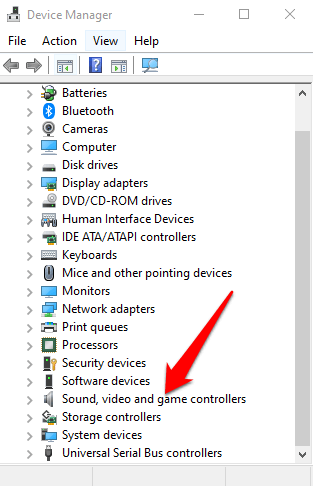


On the Playback tab, select Speakers and Headphones, and then click the Set Default button. Type Sound on the Start screen and click on Change Sound card settings. Either way, having a decent external DAC should give a noticeable increase in audio quality unless you had pretty solid built in audio to start with. Connect the cable (could be HDMI) to your computer and to your output device. Most likely the issue (as described) is hardware though. Some headsets (or microphone/headphone combos like those used for gaming) can easily work with external sound cards.

If, however, the issue is that the digital audio signal itself has issues, then an external DAC will still produce the same issues as they are problems with the actual signal, not the rendering of the signal. External sound cards work independently of any internal sound card, so it doesn’t matter whether you have an internal card, functioning or not. My MSI laptop has a similar problem and I have a portable FIIO DAC that I use as an alternative sound output whenever I need good quality sound from it and it works well enough for all my recording and video production needs, let alone any other less technical uses that are worth using it for. The digital signal is a software thing and as long as the external DAC provides good power isolation and clean output, it will be completely independent in translating the digital audio data to sound. The G1 is Creatives smallest Sound Blaster external sound card, but still has 7.1 virtual surround sound, a built-in headphone amplifier, and a powerful engine pushing it all. I've tried every possible solution, adjusting through alsamixer and gnome-mixer, editing nf, but no luck so far, so I had to post here. Yes, an external sound card or DAC will solve these issues, so long as it is actually the sound card that is the issue. While the internal speakers work fine, no sound comes from the external speakers when i plug the jack in.


 0 kommentar(er)
0 kommentar(er)
